The Ukrainian population is a target. We are witnessing a swing of the pendulum in terms of targeting… The effect is to frighten the opponent. Interview with Air Brigadier General (2S) Bruno Mignot [1] – 30 March 2022 –
European-Security: General, the extent of the damage done by Russian forces in Ukraine is astounding. Is modern warfare synonymous with the total destruction of the adversary and its population?
General Bruno Mignot: This was the case in the Middle Ages, yes, because the desired effect was to frighten the opponent and it is true that the images of Ukrainian cities allow for comparison. In reality, it seems that the pendulum is swinging back in terms of targeting.

Indeed, before yesterday, that is to say very far back in time, the hordes of Genghis Kahn destroyed everything in their path, enemies in pitched battles as well as the population of cities, and this was the norm. Then war became somewhat humanised when armies only dealt with their counterparts in the open country, for example in the Napoleonic wars or in the First World War.

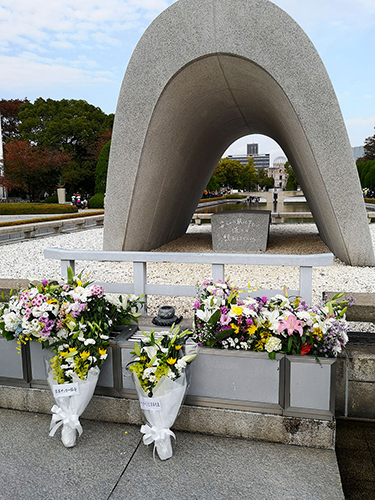
During the Second World War, the focus returned to targeting the population, as in the bombing of Dresden in February 1945, which killed 35,000 people.
The peak was reached when the inhabitants of Hiroshima and Nagasaki were hit by nuclear fire on 6 and 9 August, killing 100,000 and 70,000 people respectively.
The city of Hiroshima, Japan’s main city of art and history after Kyoto, and the headquarters of the 5th Division of the 2nd General Army, was deliberately spared by the Americans during conventional bombing raids in July 1945 to avoid any prior damage in order to better assess the effects of the atomic bomb dropped on 6 August 1945 by a B-29. EDITOR’S NOTE
Hiroshima Memorial – Photo © Joël-François Dumont
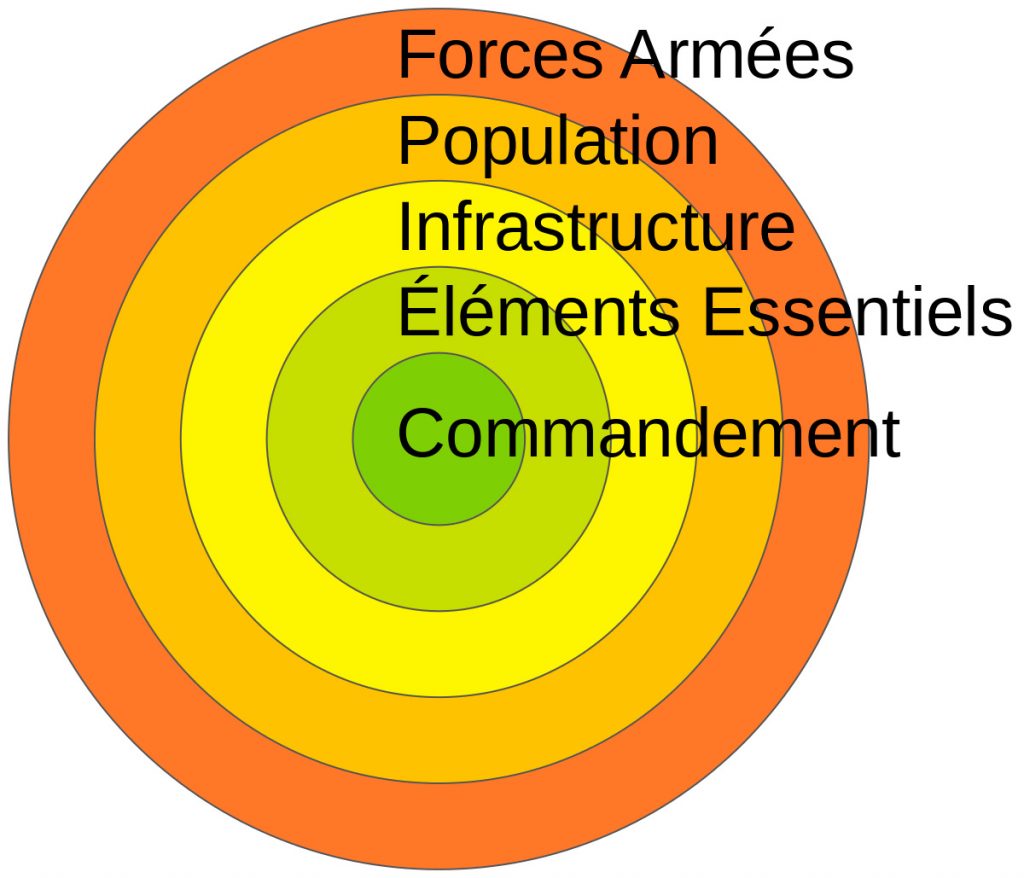
Then the Geneva Conventions, the omnipresence of the media in theatres of operation, the illusion of clean warfare combined with the « 0 death concept » lulled conflicts in the second half of the 20th century.
The advent of precision weapons – in the 1990s they were called ‘surgical strikes’ – and the Warden Circle model enabled Western armies to minimise collateral damage to the population and the duration of conflicts.
The 5 circles of American airman Colonel John Warden
Today, it is clear that the Ukrainian population is a target, which is why the pendulum has swung back.
European-Security: You mentioned the targeting function: what is it?
General Bruno Mignot: Targeting is an operational function that requires a great deal of dexterity, both in its preparation by intelligence officers and in its implementation by weapon system operators. It was born out of the new forms of engagement encountered in the 1990s: asymmetric conflicts in the majority, urban warfare and therefore within the population, less and less visible targets, heavy and non-discriminatory weapons that are unsuitable, strong legal constraints (law of armed conflict), media on the lookout for the slightest deviation, intensification of information warfare, systematic recourse to precision air-to-ground weaponry, etc.

For a long time, this function was the prerogative of the airmen alone – the French National Targeting Centre depends on the Air & Space Force – who designed it, but this will no longer be the case when directed-effect artillery munitions (for example, 155 mm rocket shells of the ERFB/Bonus type or Katana guided shells) are massively employed. Targeting consists of selecting targets, determining the best way to physically hit them, determining the right time to hit them and then verifying that they have been hit.
GBA Bruno Mignot – Photo © DR
The targeting function itself is based on a triptych: the desired effect (to deter, destroy, close off an area, demoralise the adversary, etc.), the intended target (military objectives, symbolic infrastructures, influential people, etc.) and the weapon used (cruise missiles, laser-guided bombs, tanks, field artillery, etc.).
Targets are validated at the highest levels of the hierarchy because the legitimacy of the operation depends on it, and the targets are listed according to the possible collateral damage (CDE): the more important they are, the higher the decision-making authority, and this can go as far as the President of the Republic. Let us recall the disagreements between NATO Allies during the war in Kosovo from March to June 1999 on targeting: France wanted to limit the destruction of civilian infrastructure as much as possible and it happened that President Chirac himself intervened to dissociate himself from the strikes planned by the Alliance, in particular by the Americans.
« When France refused, the strikes never took place. There were often problems, discussions between General Clark and General Kelche, NATO and France. But there was no derogation… If Montenegro was not the victim of a large number of strikes, it was because I opposed them, and practically every day, within the framework of general instructions…« . (Jacques Chirac, 10 June 1999).
European-Security: In the end, the targeting that we are witnessing in Ukraine is validated by President Putin?
General Bruno Mignot: I don’t see how the Russian President could not be the decision-making authority for everything that is done in Ukraine, especially in terms of targeting. This is why those who claim, by making a quick shortcut, that « it was Putin who bombed my house » are not entirely wrong because he bears responsibility for what is happening there.
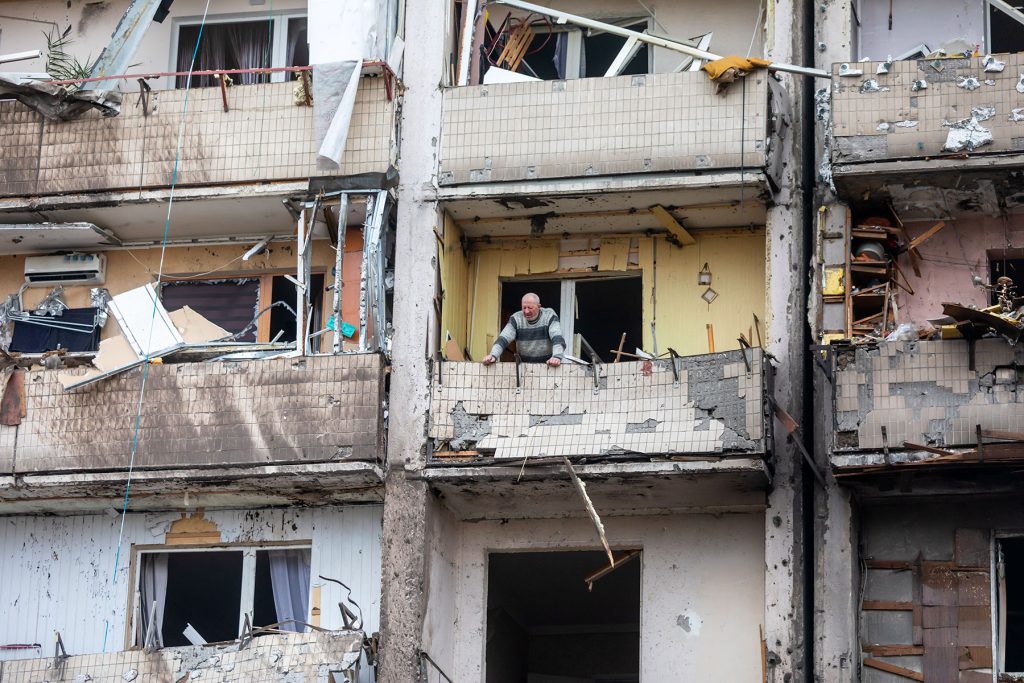
I also note, notwithstanding any consideration of the disastrous image of Russia, that the targeting of Ukrainian cities does not follow any serious logic. Economy of means being one of the principles of war, I dare not imagine the cost of such an operation in view of the indiscriminate destruction carried out: there was certainly not a command post in every building hit. Targeting is a complex cycle in which a precise plan must be drawn up, intelligence gathered on each target, and military commanders kept informed of the situation because they will have to make the final decision when the weapons are deployed. This is the Western approach. It forces excellence and is proof of the mastery of a responsible state in managing a conflict.

We are no longer in the famous « Kill them all, God will recognize his own » of the siege of Albi! But what I see in Ukraine leaves me dreaming…
European-Security: Why, General, is the choice of weapon so important? Why choose a bomber rather than an artillery battery? What is the choice of the Russians?
General Bruno Mignot: The weapon is the effector, the carrier of the effect, and each weapon offers a range of effects that the military decision-maker must take into account. Air weapons and artillery are complementary and each has its advantages and disadvantages.
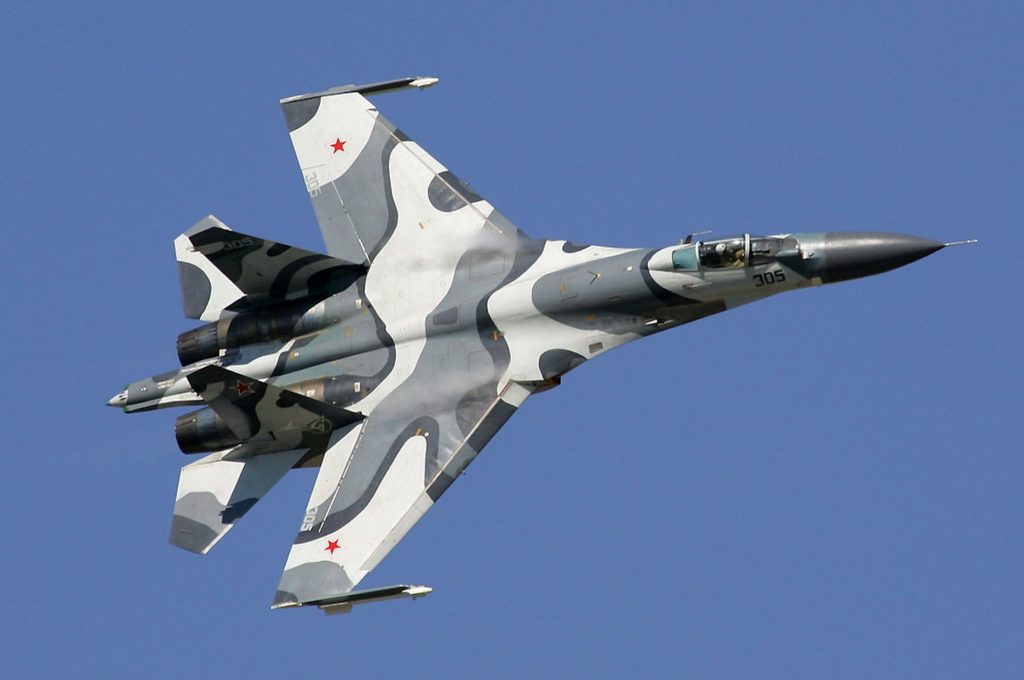
For example, the former allows for long range and lightning strike, it has a high destructive power against protected infrastructure and a high impact on enemy morale, and finally, it allows for good treatment of mobile targets thanks to the ability to track them by optical means, as well as being able to be used at a precautionary distance. On the other hand, air bases are generally far from the theatre of operations, which means that it takes longer to reach targets, or it requires a large number of aircraft that are limited in terms of ammunition and autonomy in the area (not permanent in flight, except for drones, but they have even more limited range). [2]
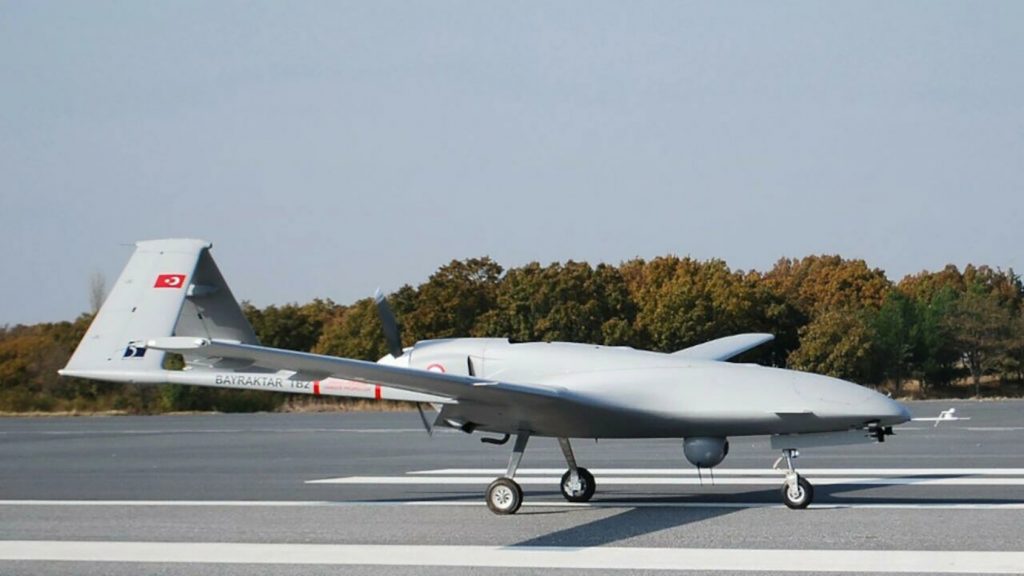
Also, apart from the fact that a fighter plane is very expensive, there are risks to the lives of the pilots who offer a political bargaining chip if they are captured. Artillery, on the other hand, allows for continuous fire and can exert continuous pressure on the enemy as well as provide rapid support to ground troops. On the other hand, the shells fired are much less accurate and cannot deal with all targets depending on their degree of protection (burial, concrete walls, armour, etc.), just as some targets must be hit with many rounds to destroy it, which significantly increases the logistical burden and therefore the cost.

Coming back to Ukraine, I have the impression that precision weapons are rare and that heavy artillery is preferred, hence the large amount of collateral damage that does not seem to bother the Russian military too much. Russian and Western leaders definitely do not have the same values…
European-Security: Thank you General for this interview.
In the series « Lessons of things » of Air Brigadier General (2S) Buno Mignot :
1 – Lesson on the use of the air weapon – Case of the war in Ukraine (17.03.2022)
2 – A lesson on the legitimacy of war – The case of Ukraine (26.03.2022)
[1] General (2S) Bruno Mignot, now a consultant, is a recognised expert in the operational planning of a complex joint operation and in targeting, which he has taught for several years at the Themiis Institute. A former commander of the French Air Force’s National Air Operations Centre, he was in particular the tactical commander of wartime air raids.
He published Les invariants stratégiques ou pourquoi la stratégie des États ne change pas (Les invariants stratégiques ou pourquoi la stratégie des États ne change pas) at L’Harmattan in July 2020, a work that is highly topical.

[2] The Turkish-made Bayraktar TB2 drone has become the symbol of the Ukrainian army’s resistance in the air against the Russian invader. It is Kiev’s aerial asset in the face of Russian firepower… Bayraktar, Kiev’s aerial asset, is the theme of « Lignes de défense » on RFA. Franck Alexandre talks to Air Brigadier General Mignot.










